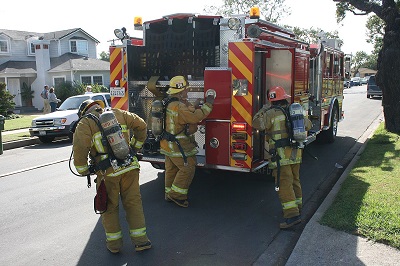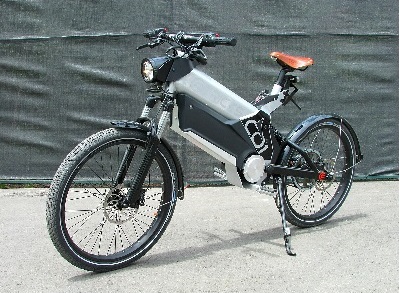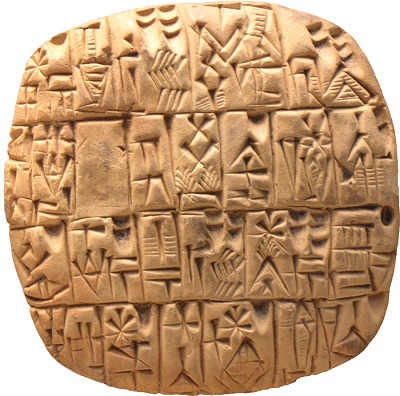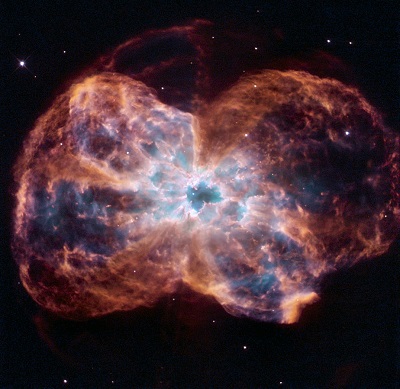Click Here to Read:. Wildfires have been raging in Los Angeles for days. When will they end? By Eric Levenson, on the CNN website on January 13, 2025.
LA City Firefighters Gear Up Image: Chrisklee18 Public Domain Via Wikimedia Commons,

Click Here to Read: The Elephantine Memories of Food-Caching Birds: Some animals can remember where they’ve buried hundreds of thousands of seeds. Why can’t we remember where we’ve put our eyeglasses? By Matthew Hutson in The New Yorker on December 29, 2024.
Illustration from Birds of America (1827) by John James Audubon, digitally enhanced by rawpixel-com 102.jpg. Image: Rawpixel Public Domain via Wikimedia Commons.
![]()
Click Here to Read: The Secret to a Better City Is a Two-Wheeler: E-bikes get cars off the road and reduce pollution—and that’s only part of why places like Denver are giving them away. by Clive Thompson in Mother Jones in the January+February 2025 Issue
Image:Jason Vogel Public Domain via WIkimedia Commons

Click Here to Read: How AI is unlocking ancient text —and could rewrite history: From deciphering burnt Roman scrolls to reading crumbling cuneiform tablets, neural networks could give researchers more data than they’ve had in centuries By Jo Marchant on the Nature website on December 30, 2024.
Sumerian account of silver for the govenor (background removed) . Image: Gavin.collins Public Domain via Wikimedia Commons.

Click Here to Read: What are stars made of? A century ago, this woman found out—and changed physics forever
In 1925, grad student Cecilia Payne first proposed that stars were mostly made of hydrogen and helium and shaped our understanding of the universe By Liz Kruesi on the National Geographic website on January 1, 2025.
This image, taken by the NASA/ESA Hubble Space Telescope, shows the colorful death of a star similar to our sun. Image: NASA ESA, and K. Noll (STScI) Public Domain via Wikimedia Commons.

H